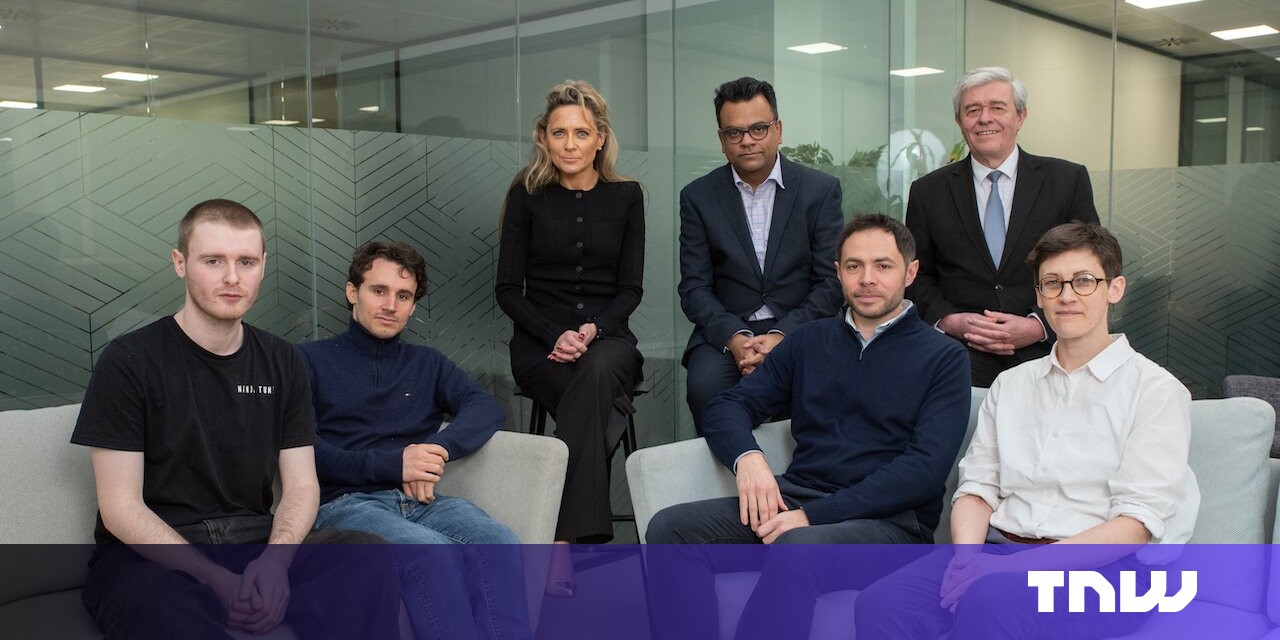Can artificial intelligence reach the same level as the human brain, and what boundaries does AI technology face?
Stanhope AI, a company based in the United Kingdom, is revolutionizing AI development by focusing on a unique strategy. Instead of striving for Artificial General Intelligence (AGI), they are constructing their AI systems based on scientific principles and the hierarchical structure observed in the human brain.
Their innovative AI model eliminates the need for extensive training. Once made aware of its existence and provided with a set of initial beliefs, the AI can independently explore the real world using sensors to collect information, similar to how humans perceive and learn from their surroundings.
Recently, the company secured £2.3 million in funding for their “agentic AI” project inspired by neuroscience. Co-founder and CEO Rosalyn Moran, a computational neuroscience professor at University College London, sheds light on the technology and future plans of Stanhope AI.
Revealing the Intricate ‘Mind’ of Stanhope’s AI
At the heart of Stanhope’s AI lies a sophisticated model of the world, reminiscent of the concept proposed by Castle AI. The AI continually refines and validates this model, much like the way our brains process information.
Moran elaborates, stating, “The AI features a multi-layered ‘mind’ with detectors at its core.” These detectors, similar to human vision, include cameras, monitors, and LiDAR sensors. The information from these sensors feeds into a predictive layer that enhances information processing by concentrating on pertinent stimuli, reflecting the organized nature of human cognition.
This methodical approach emulates the human brain’s energy-efficient tactic of making educated predictions to interpret the world. By utilizing active inference, a principle derived from Karl Friston’s Free Energy Theory, Stanhope AI’s model effectively processes real-time data to make independent decisions.
Transforming AI Training Approaches
In contrast to conventional machine learning methods that depend on extensive datasets for training, Stanhope AI’s model distinguishes itself by avoiding the need for extensive training. Instead, the emphasis is on establishing an accurate relational model with consistent priors to steer the AI’s learning process.
The practical implications of this strategy are evident in Stanhope AI’s partnerships with entities like the Royal Navy and the Federal Agency for Disruptive Innovation in Germany. Their AI technology empowers intelligent machines such as robots and delivery drones to operate autonomously, marking a significant advancement in real-world AI deployment.
The transition from laboratory-scale models to larger, environment-aware systems presented challenges for the startup. Moran underscores the necessity to refine free energy calculations and optimize the AI’s capability to navigate vast environments, a crucial aspect in deploying AI for practical tasks.
Spearheading ‘Agentic AI’
Stanhope AI’s “Active Inference Models” epitomize a new generation of intelligent AI systems capable of self-enhancement. Referred to as “agentic AI,” these models continually enhance their predictions based on real-time data, akin to human cognition. By reducing the reliance on extensive training data and improving explainability, Stanhope AI’s transparent models pave the way for safer and more dependable AI applications.
The company’s dedication to transparency and responsibility in AI development underscores their mission to elevate the potential of AI and robotics for real-world scenarios. With solid support from investors, including the UCL Technology Fund, Stanhope AI is positioned to steer innovation in the realm of artificial intelligence.
Established in 2021 by Professor Rosalyn Moran, Professor Karl Friston, and Technical Advisor Dr. Biswa Sengupta, Stanhope AI signifies a paradigm shift in AI technology, ushering in a future where intelligent systems can adapt and evolve in dynamic environments.










